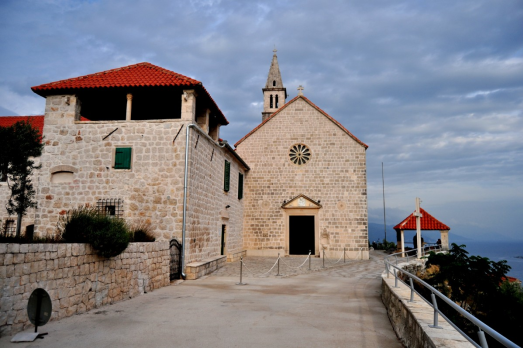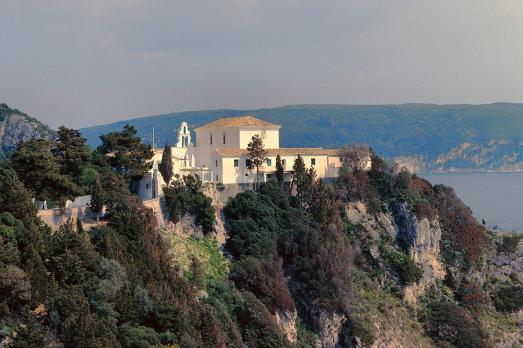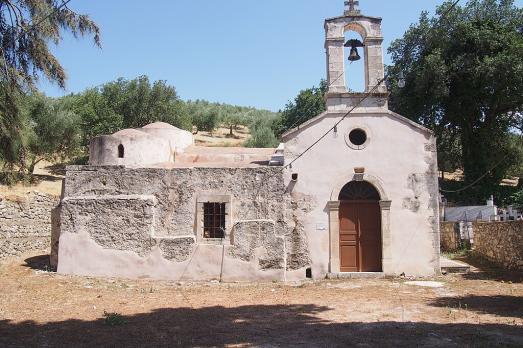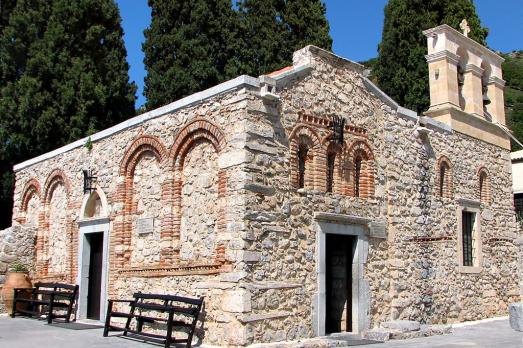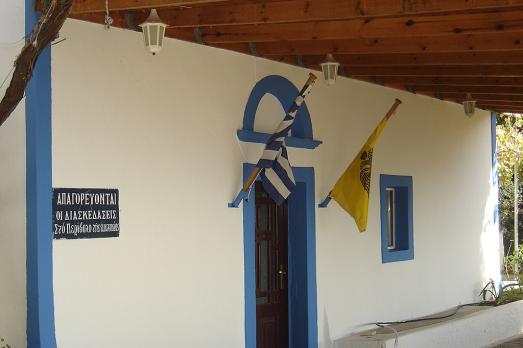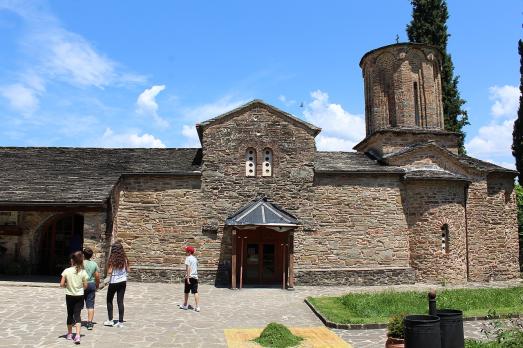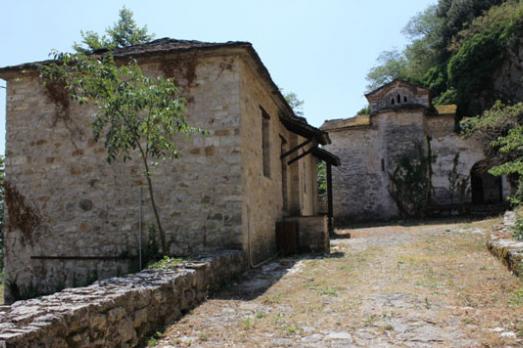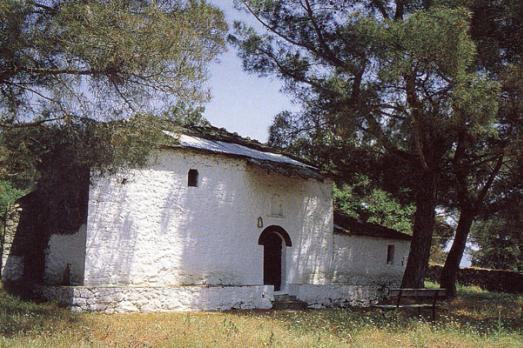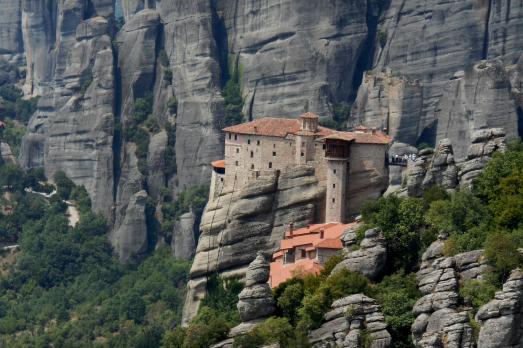
Monastery of Monsalud
Córcoles, ES
According to tradition, the monastery of Monsalud was founded in 1140 with the support of Alfonso VII of León, having as a precedent an earlier settlement from 1138. The first document mentioning this monastery is dated 1167, when the house was already fully operational.
